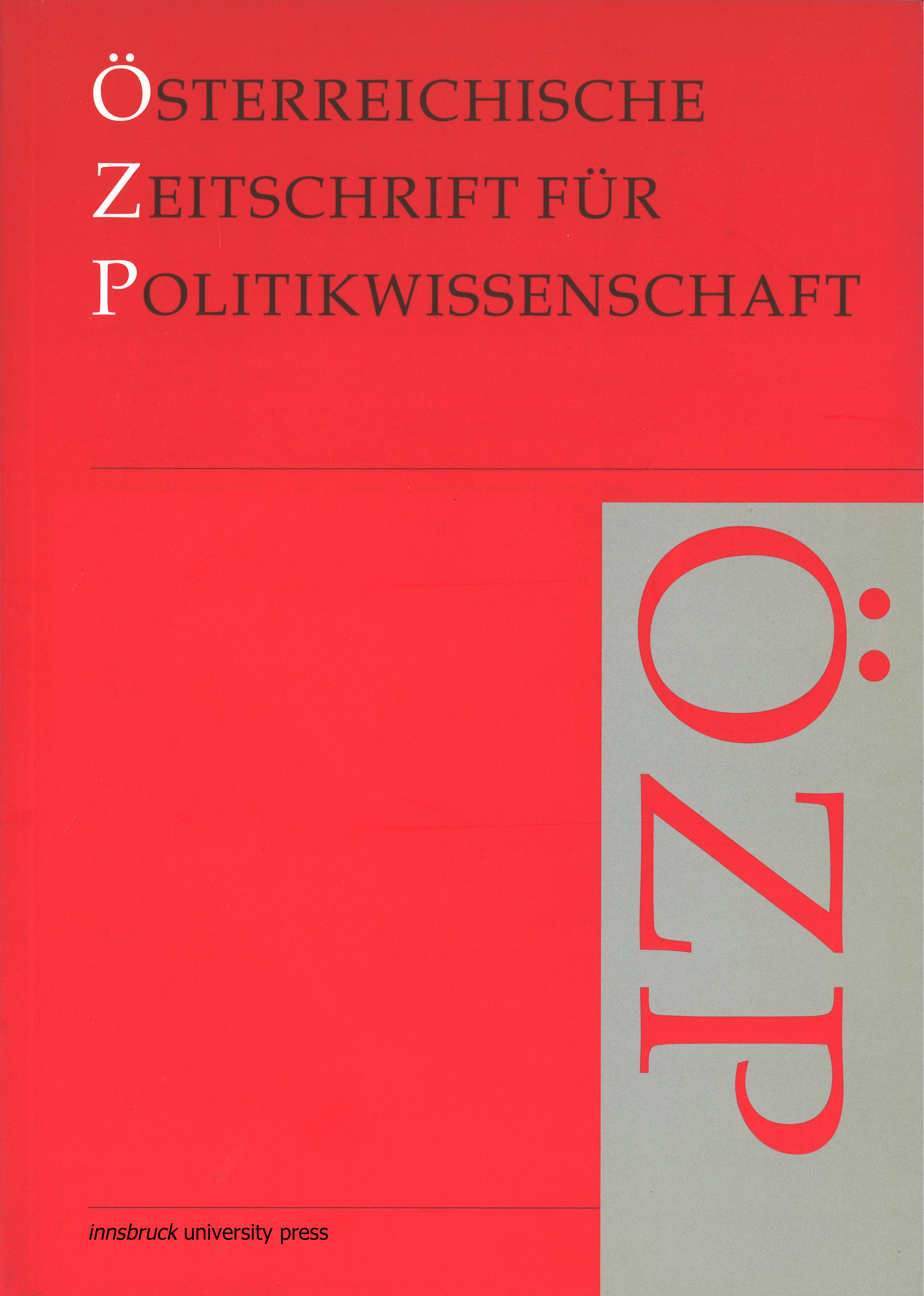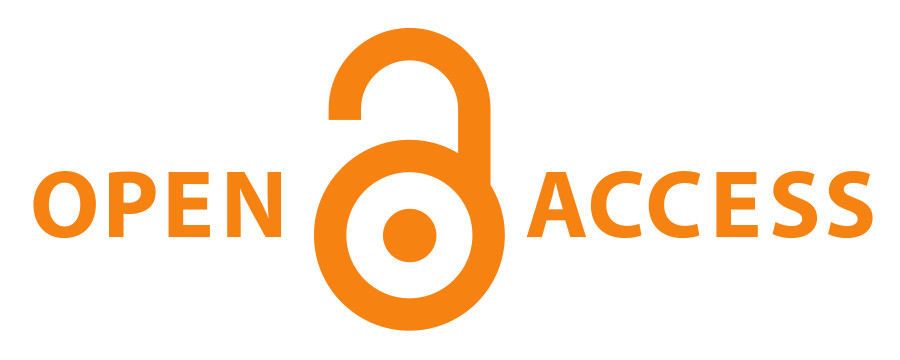Die Entwicklung kompetitiver Wahlsysteme in Mittel- und Osteuropa: Post-sozialistische Entstehungsbedingungen und fallspezifische Reformkontexte
DOI:
https://doi.org/10.15203/ozp.939.vol34iss1Schlagwörter:
Wahlsysteme, Mittel- und Osteuropa, Institutionenreform, SystemwechselAbstract
Nach dem demokratischen Systemwechsel von 1989/90 führten die meisten mittel- und osteuropäischen Staaten anlässlich ihrer ersten freien Parlamentswahlen („Gründungswahlen“) nicht nur neue Wahlsysteme ein, sondern reformierten sie auch danach ungewöhnlich häufig. Der folgende Beitrag analysiert diesen institutionellen Entwicklungsprozess systematisch-vergleichend für sechs post-sozialistische Staaten (Russland, Ukraine, Polen, Ungarn, Slowakei und Tschechien). Auf Basis theoretischer Überlegungen zur Reform politischer Institutionen bestätigt sich dabei die These von Nohlen/Kasapovic (1996), dass die Gründungswahlsysteme wesentlich vom Systemwechseltypus geprägt wurden allerdings nur dort, wo die Entscheidung über das Wahlsystem in die unmittelbare Transitionsphase fiel. Spätere Wahlsystemreformen sind nicht mehr durch den Demokratisierungsmodus, sondern durch kontextspezifische Variablenkonstellationen zu erklären.Downloads
Ausgabe
Rubrik
Lizenz
The OZP is the authorized publication of the Österreichische Gesellschaft für Politikwissenschaft (ÖGPW, Austrian Political Science Association)
The author of an article (in case of multiple authors: the corresponding author, responsible for releasing this material on behalf of any and all co-authors) accepted to be published in the OZP hereby acknowledges the following Copyright Notice:
- The author retains the copyright to the article.
- It is the responsibility of the author, not of the OZP, to obtain permission to use any previously published and/or copyrighted material.
- Publication of a submitted text is dependent on positive results from the peer reviewing. In such a case, the OZP editors have the right to publish the text.
- In case of publication, the article will be assigned a DOI (digital object identifier) number.
- The author agrees to abide by an open access Creative Commons Attribution (CC BY-SA) license. The license permits any user to download, print out, extract, reuse, archive, and distribute the article under the same license, as long as appropriate credit is given to the author and source.
- The license ensures that the author’s article will be available as widely as possible and that the article can be included in any scientific archive. In order to facilitate distribution, the author agrees that the article, once published, will be submitted to various abstracting, indexing and archiving services as selected by the OZP.
- In addition, the author is encouraged to self-archive the article, once published, with reference to the place of the first publication.
- After the contribution appears in the OZP, it is still possible to publish it elsewhere with reference to the place of the first publication.
- The finished article, if published, will include a correspondence address (both postal and email) of the author.
- If written under the auspices of a grant from one or more funding agencies, such as FWF (Austrian Science Fund), ERC (European Research Council), and Horizon 2020 (EU Framework Programme), an article accepted for publication has to be deposited in an Open Access archive. The OZP’s archiving policy is compliant with these provisions. (In case the article derives on funding from a different source, the author is responsible to check compliance of provisions.)




